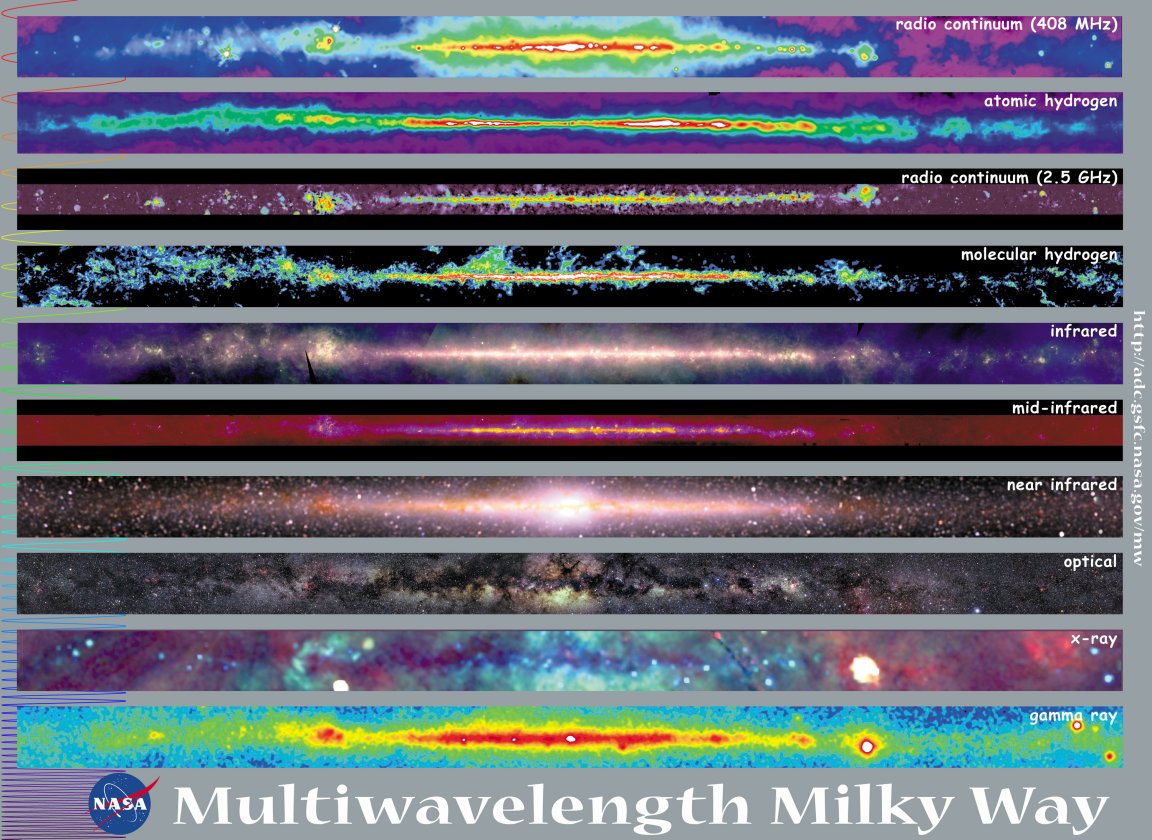
Pause, and take a moment to survey the room around you. It’s likely you see a number of different colors, ranging from primaries to secondaries, and everything in between. Each color corresponds to a certain wavelength of light in the electromagnetic spectrum. Our eyes are only privy to a very limited range of these wavelengths, which we call ‘the visible spectrum.’
This essentially means that, just outside of eyeshot is a whole world we can’t see or experience. There is light at longer and shorter wavelengths, like in infrared (the wavelength the Sun emits most of its energy in), x-ray, and ultraviolet. On Earth, what we can see serves us well, but in space, a lot of the universe is hidden from sight without special tools.

At its heart, that’s what Chromoscope is; an interactive feature that allows us to view cosmological objects at wavelengths that are far beyond our capacity to see. It does this using images taken by a number of different surveys: Gamma ray (Fermi), X-ray (ROSAT), H-alpha (WHAM), optical (DSS), infrared (IRAS), microwave (Planck) and radio (Haslam).
WATCH: “Quick Tour of Chromoscope”

The website states:
To move the map around, simply ‘grab’ it with the cursor and drag around the screen. You can double-click (or use the plus and minus keys on your keyboard or a scroll wheel) to zoom in and out. A simple slider (or a set of keyboard shortcuts) allows you to fade gradually along the spectrum and to see structures and features change as they go. A set of labels can be toggled on and off (with the ‘L’ key) to guide people around the sky and, if an Internet connection is present, users can search for named objects and jump right to them.
[su_button url=”http://www.chromoscope.net/” target=”blank” style=”noise” background=”#000000″ size=”9″ wide=”yes” center=”yes” radius=”2″ icon=”icon: search” text_shadow=”1px 0px 0px #000000″]Explore Chromoscope[/su_button]